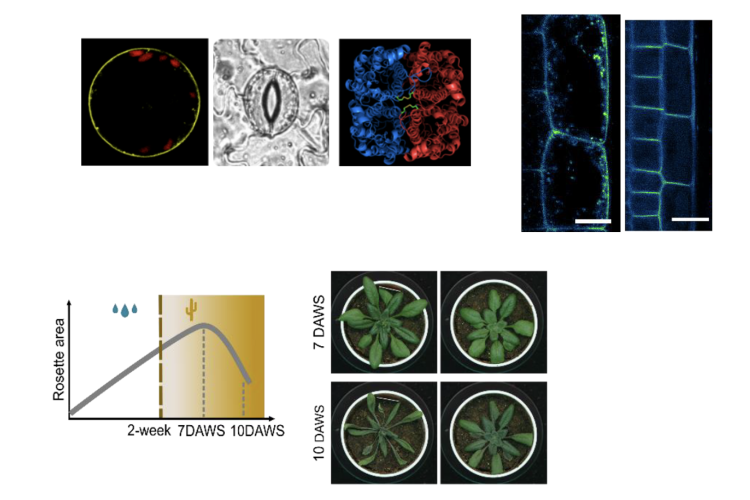Interplay between the SCAMPs and PIPs in Arabidopsis
In eukaryotic cells, a network of organelles and membranes forms a highly organized and dynamic endomembrane system. The precise trafficking of plasma membrane (PM) proteins within this system is crucial for their proper function, ultimately influencing plant growth and development.
Our investigation into the family of Secretory Carrier Membrane Proteins (SCAMPs) began with the observation that SCAMP5 interacts with subunits of the endocytic TPLATE complex (TPC) (Arora et al., 2020; Yperman, Papageorgiou, et al., 2021). While SCAMPs have been implicated in various endomembrane trafficking pathways in mammalian systems, their biological roles in plants remain largely unexplored.
At the Van Damme lab, we identified Plasma Membrane Intrinsic Proteins (PIPs) as novel interactors of SCAMP5. Further experiments revealed that scamp mutants exhibit a drought-tolerant phenotype and display defects in the subcellular localization of mCherry-tagged PIP2;1.
To further investigate the functional relationship between SCAMPs and PIPs, the Van Damme and Chaumont labs have joined efforts through an FWO-weave project. Our research aims to determine how SCAMP proteins contribute to the trafficking and/or regulation of PIPs.
